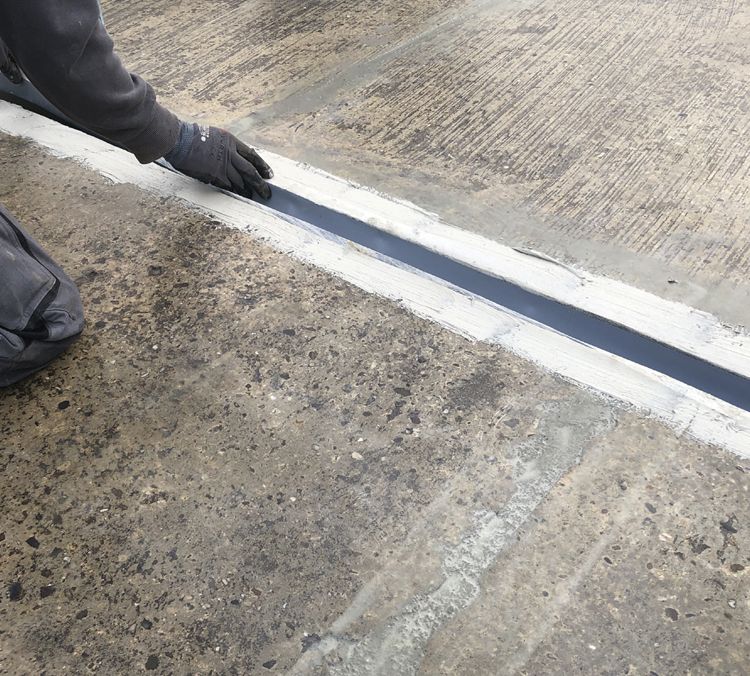Expansion Joint & Construction Joint Treatment

Expansion Joint & Construction Joint Treatment
Expansion joint and construction joint treatment are essential practices in construction and concrete structures to prevent cracking, damage, and ensure the structural integrity of the building. Here's a brief explanation:
Expansion Joint Treatment:
Expansion joints are designed to absorb the expansion and contraction of building materials due to temperature fluctuations, preventing cracks and damage. Treatment typically involves:
- Installation: Inserting flexible materials like rubber, neoprene, or foam strips into the joints during construction.
- Sealing: Applying a sealant or joint filler to the expansion joint to prevent water infiltration.
- Covering: Placing protective covers over the joint to shield it from debris and provide a smooth, even surface.
Construction Joint Treatment:
Construction joints are created when work is paused or halted during the construction process, and fresh concrete is poured against previously placed concrete. Treating construction joints involves:
- Cleaning: Ensuring that the joint is clean and free from debris and loose materials.
- Bonding: Applying a bonding agent or adhesive to the existing concrete surface to enhance the bond with the newly poured concrete.
- Reinforcement: Sometimes, steel dowels or other reinforcement mechanisms are used to provide structural support at the construction joint.
- Finishing: Proper finishing and curing of the newly poured concrete to ensure it bonds well with the existing surface.
Both expansion and construction joint treatments are crucial to maintain the structural stability and integrity of concrete structures and prevent cracks or damage caused by temperature changes, settling, or construction interruptions.


.jpeg)






